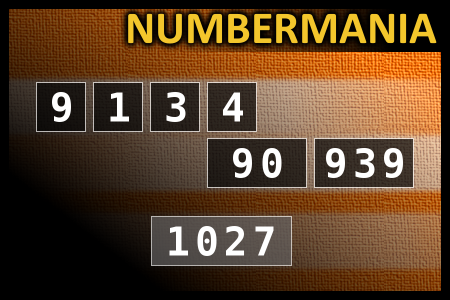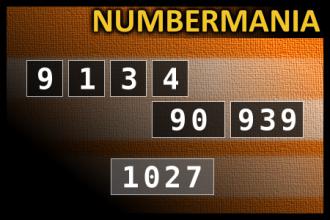Calculate the number 1027
NUMBERMANIA: Calculate the number 1027 using numbers [9, 1, 3, 4, 90, 939] and basic arithmetic operations (+, -, *, /). Each of the numbers can be used only once.Correct answers: 43
The first user who solved this task is Sanja Šabović.
#brainteasers #math #numbermania


